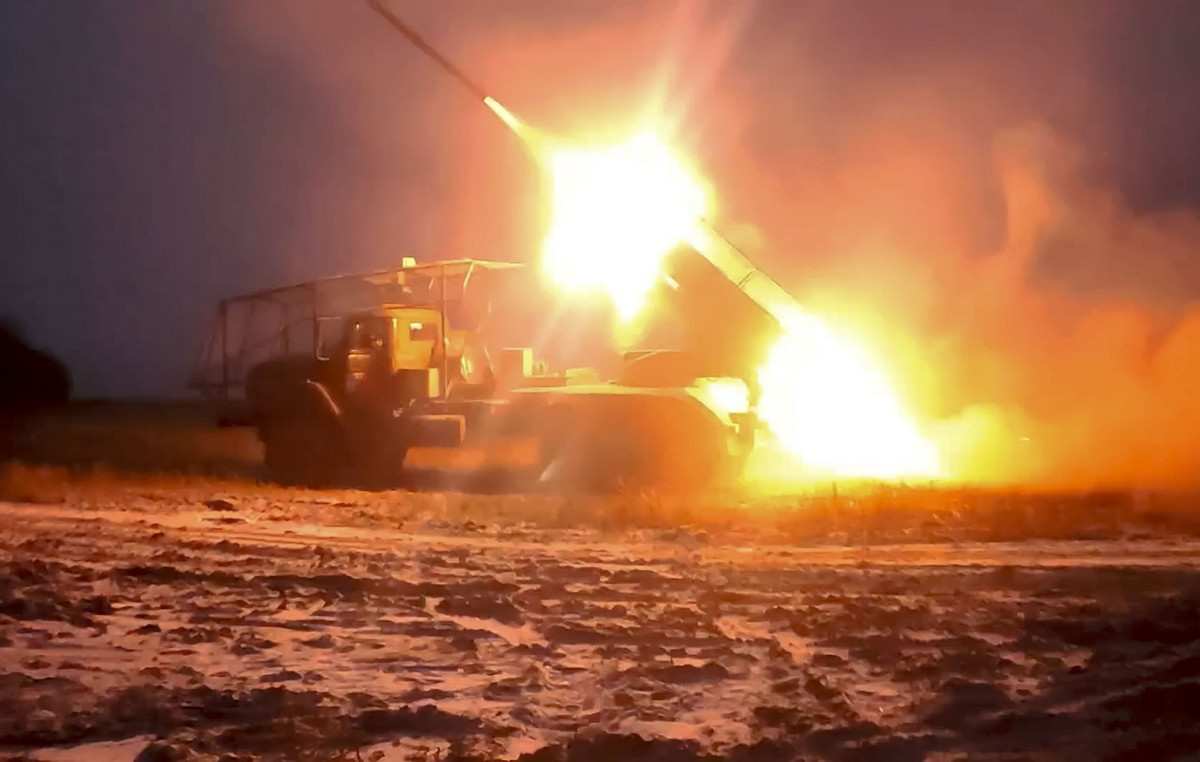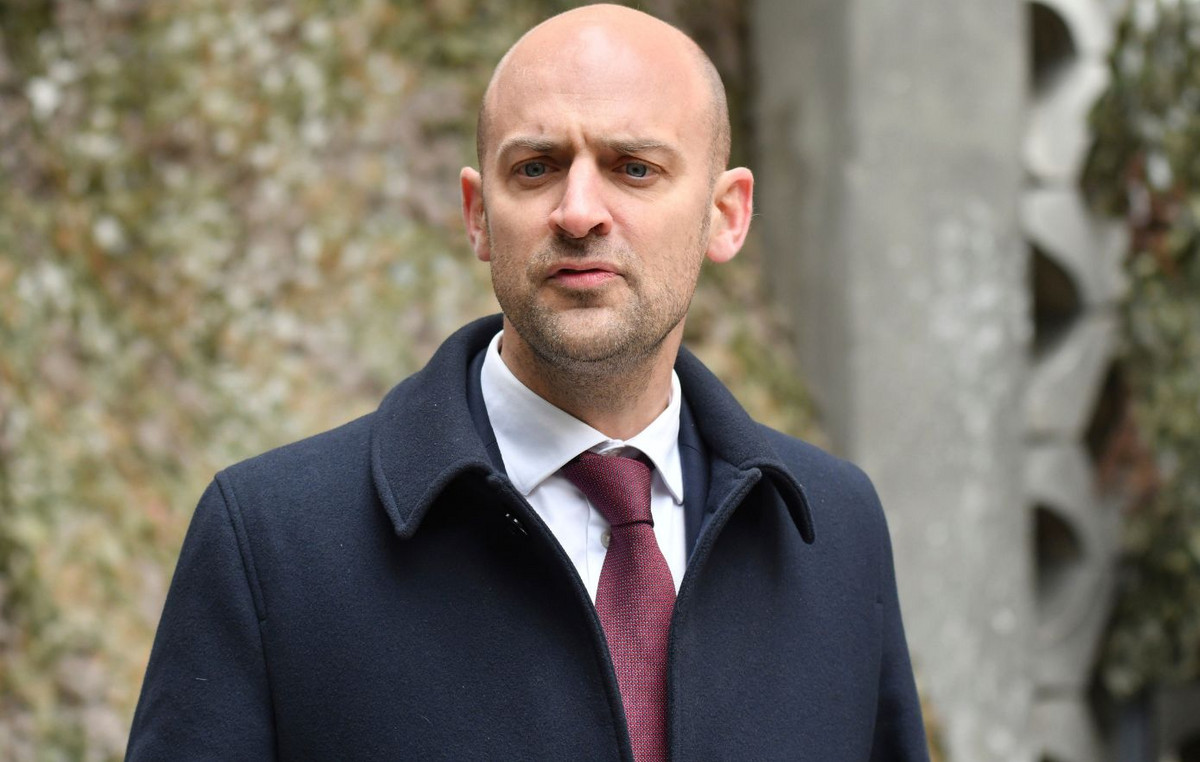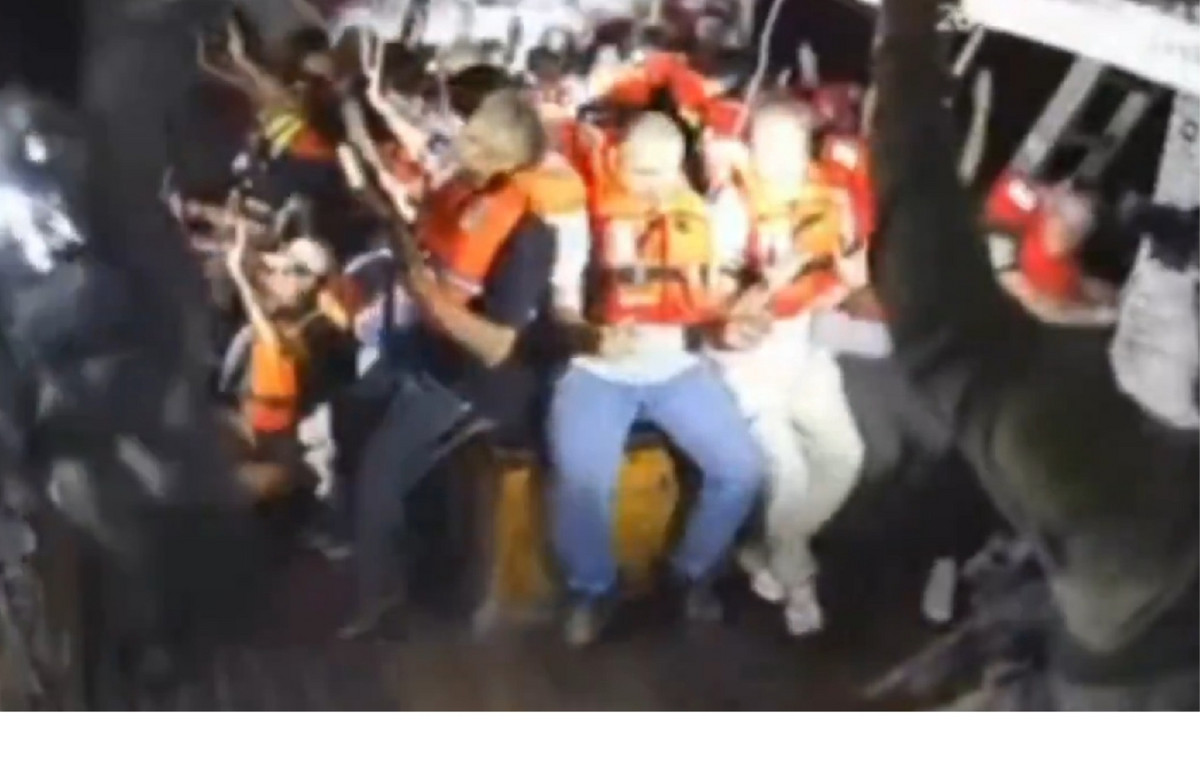The central question around the search for the FBI in Mar-a-Lago, residence of Donald Trump last week still remains unanswered: what documents did the former president have in his house and why is the government so committed to recovering them?
There are other issues, of course. Did he take the material because he thought it was “cool”, like some sort of trophy? Or did he see any advantage in having them?
Were the documents relating to the pardon of Roger Stone – a staunch ally who was convicted in 2019 of lying to Congress during his investigation into Russian interference in the 2016 election – by Trump in any way important evidence? What is behind the appearance of material relating to the “President of France” on the property receipt of what was recovered from Mar-a-Lago by the agents?
In the absence of facts, imagination runs wild. Trump has now demanded that the documents be returned, although the presidential materials, under US law United States are not owned by you.
The most tempting detail is that the 11 sets of documents were “classified”, with four marked as “top secret” – the highest classification of secrecy in the US -, which sheds light on the functioning of the classification system by which the US government hides information from its people in the name of everyone’s national security.
More than a million people are authorized to access “top secret” data
The universe of people with access to “top secret” data is very large.
According to the 2017 “Security Clearance Determinations” report, more than 2.8 million people were described as having security clearance in October of that year. Of this total, 1.6 million with access to confidential or secret information and almost 1.2 million with permission to access top-secret information.
There are additional people who have security clearance but who currently do not have access to the information. This includes civil servants and members of the armed forces.
Agencies control their own data
That doesn’t mean that more than 1 million people have access to whatever top-secret documents were lying around Mar-a-Lago. Each agency has its own system and must be involved in declassifying its own documents.
Trump supporters have argued that he has put in place an order to declassify all documents he took from the Oval Office to his residence during his time in the White House, although professionals have said that claim cannot be true.
“The idea that the president can declassify documents simply by moving them from one physical location to another is absurd on so many levels,” explained Shawn Turner, an analyst at CNN and former communications director for US National Intelligence.
There is an official disqualification process
Turner points out that the declassification process must include approval from the agency that classified the information as confidential in the first place, in order to protect the intelligence gathering process, its sources and methods.
Presidents have periodically used executive orders to update the official system by which classified information is declassified.
More recently, then-President Barack Obama established Executive Order 13526 in 2009. This is still official policy as neither Trump nor President Joe Biden has updated it.
The government may soon change the classification process
Biden began a review of how sensitive data is handled earlier this summer.
Biden’s review will re-examine the three general rating levels:
- Top secret – This is the highest level of ranking. Information is classified as top secret if it “can reasonably cause exceptionally serious damage national security,” according to a 2009 executive order outlining the classification system.
- Secret – Information is classified as secret if it is considered capable of causing “serious damage ” to national security if revealed.
- Confidential – It is the least sensitive classification level, applied to information that is expected to cause “damage ” to national security if disclosed.
A subset of top secret documents known as SCI, or Confidential Compartment Information, is reserved for certain information derived from intelligence sources.
Access to an SCI document can be further restricted to a group of people with specific security clearances. Some of the materials recovered from Trump’s Florida home have been marked “top secret SCI”.

What types of documents are “top secret”?
Former CIA agent David Priess, who is now editor of the website Lawfare, told CNN that no matter the specific classification, it remains information that the government has no interest in being disclosed.
This could be information gathered about the North Korean nuclear program or Russian military operations, for example.
Leaks can be disastrous or deadly
The government often gets this kind of information by asking people to risk their lives or using technology it doesn’t want adversaries to know.
“Exposing this information puts people’s lives at risk,” Priess said. “This is not a joke. We know people who died serving their country in this way.”
Why did the search operation take so long?
The bigger issue than confidentiality, Priess argued, is why, if the government knew the documents were in Mar-a-Lago, investigators were slow to seek them out.
For a president to disqualify anything, he added, there still needs to be a way to let everyone know he has been declassified.
“If they are not marked as declassified and other documents with the same information are also not declassified, has this really happened? If there is no record of it, how do you know?” she questioned.
We may not have the answer for a long time
It may be a long time before American voters have any idea what this all really means.
“Technically, we will not see any further action on this case on the legal agenda unless and until the DOJ [Departamento de Justiça dos Estados Unidos] bring criminal charges against anyone,” explained the legal analyst at CNN and former federal prosecutor Elie Honig.
There is already some speculation that, rather than bringing charges, the government was concerned with simply protecting the data.
Confidential information can stay that way for years and years – between 10 and 25, according to the declassification guidelines signed by Obama.
The default is that if something no longer needs to be classified, it should be declassified. And if it needs to be classified after that 25 year period, it can be.
Analyzing “top secret” documents from the past
The FBI, CIA and State Department have online reading rooms for previously classified data released through the Freedom of Information Act. None of this is very recent.
The case of the Trump Mar-a-Lago documents seems special, however, there are already bipartisan actions by Senators Mark Warner and Marco Rubio – the top elected officials of the Senate Intelligence Committee – asking the director of national intelligence for more information, Avril Haines, and Attorney General Merrick Garland about what was taken by the FBI.
Examples of processes
Lawsuits for mishandling classified data can involve high-profile figures.
For example, retired general and former CIA director David Petraeus gave confidential information to his mistress, who was writing a book about him. Petraeus pleaded guilty, paid a $100,000 fine and received two years of probation.
The action involves data collected by the general during his time as commander in Afghanistan. At the time, Petraeus kept personal notes, including confidential information, in eight black notebooks. Classified information included the identities of secret officers, war strategies, notes from diplomatic and national security meetings, and security code words.
Other not-so-famous cases like Asia Janay Lavarello, a Department of Defense civilian employee working at the US Embassy in Manila, who took confidential documents to her hotel room and home while working on a thesis project. She got three months in prison.
Source: CNN Brasil
I’m James Harper, a highly experienced and accomplished news writer for World Stock Market. I have been writing in the Politics section of the website for over five years, providing readers with up-to-date and insightful information about current events in politics. My work is widely read and respected by many industry professionals as well as laymen.







